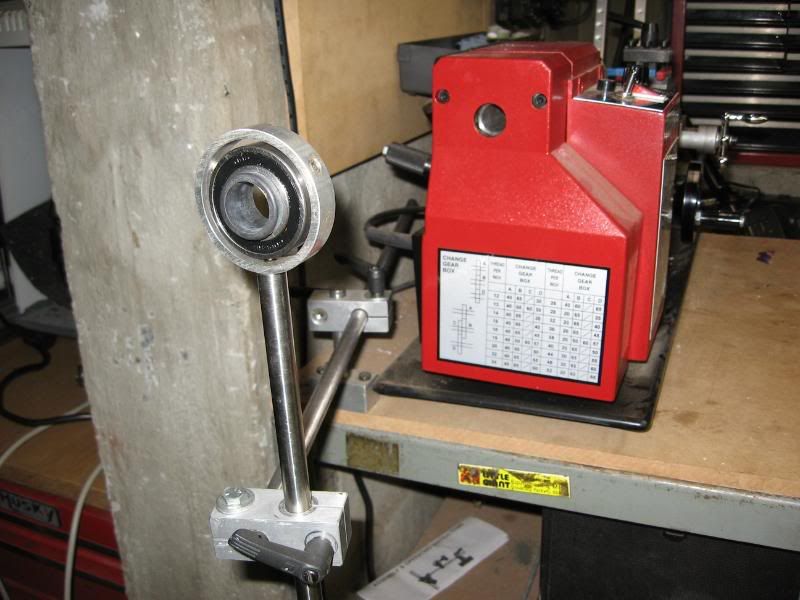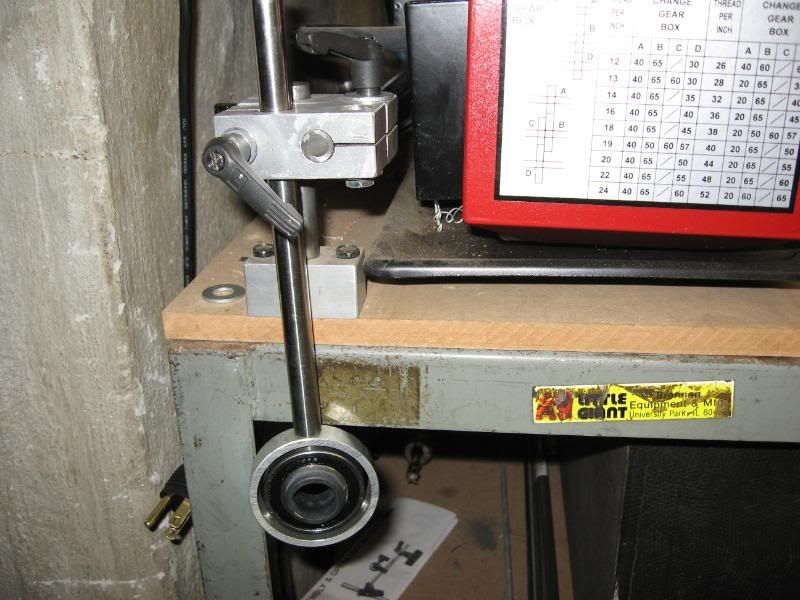Has anyone else used one of the so-called Cue Lathes that you can buy from 'American Cowboy Billiards' on eBay?
I bought one of these a few months ago, and unless I have unrealistic expectations, it's the biggest piece of junk I've ever seen or used.
Does anyone else have any experience with one of these?
ive learned long ago you usely get what you pay for





